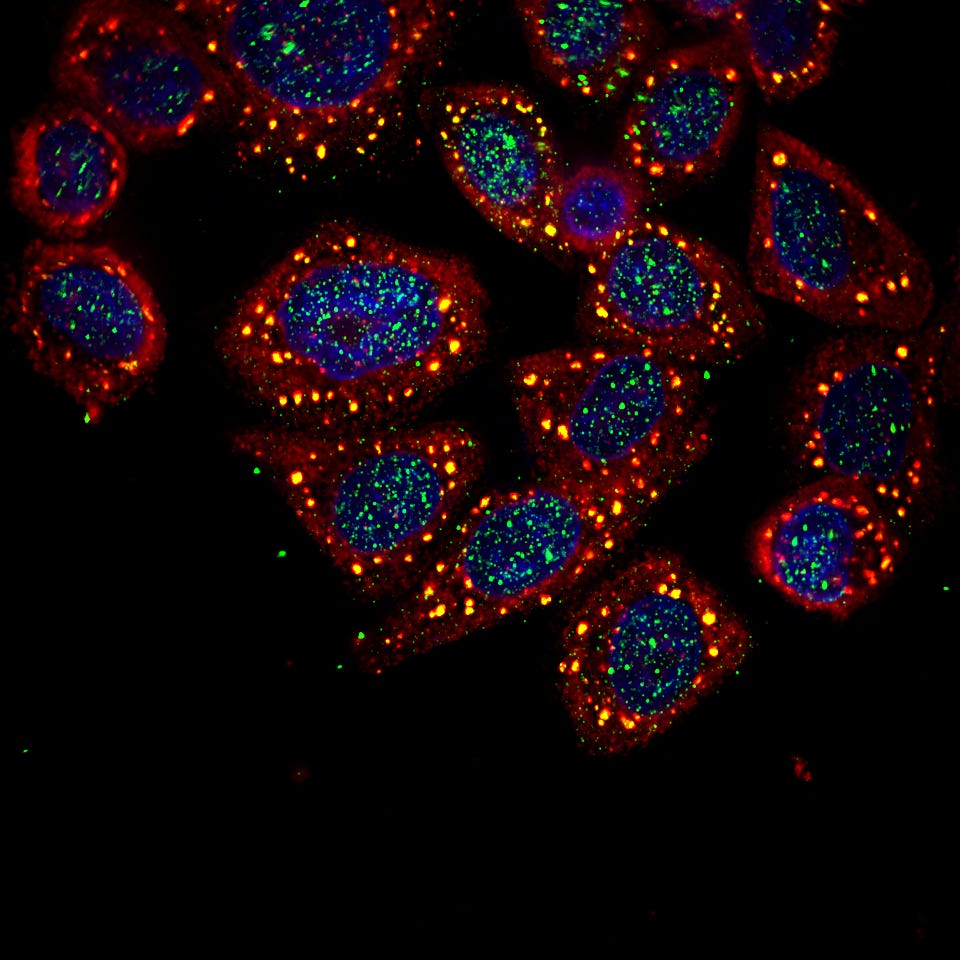BIOS: Nucleus of Life Science Innovation 🚀
JOBS
BIOS Talent: Find Jobs @ Breakout TechBio Startups — Search Jobs 🚀
Post Jobs: Add Your Startup to BIOS Talent — Post Now 🎉
Students: Join Alix Ventures Fellowship — Join Now 🧬
BIOS Contributor: Share Your Thought Leadership — Join Now🔬
CONTENT & COMMUNITY
BIOS Daily: Join 25K+ Subscribers Following TechBio — Sign Up 🔥
BIOS Insider: Premium TechBio Thought Leadership — Sign Up ✨
BIOS Commons: World’s Largest #TechBio Community — Join Now 🎉
INVEST
BIOS Angels: 1st TechBio Angel Investing Syndicate — Join Now 🌟
Alix Limited: Invest in Breakout TechBio Startups — Learn More 🧠
By:
Alix Ventures: Supporting Early Stage Life Science Startups Engineering Biology to Drive Radical Advances in Human Health
Summary
Biomolecular condensates are reversible, dynamically forming subcellular compartments increasingly thought to be involved in important molecular processes in health and disease. Providing molecular contexts for aggregation and condensation of proteins and nucleic acids, they are of particular interest in neurodegeneration therapeutics, as such aggregates are hallmarks of many neurodegenerative disorders like Parkinson’s, Amyotrophic Lateral Sclerosis (ALS), and Huntington’s disease. Condensates were also shown to have the potential in affecting otherwise undruggable targets in oncology and could be of interest to other research problems concerned with dynamic spatio-temporal molecular separation. In the last couple of years, several companies have started combining the latest technologies in biophysics, microfluidics, and data analytics to understand and manipulate condensate formation. At the same time, new companies in the space of neurodegeneration have been focusing on targeting natural phase separation processes to restore healthy functions of the cell. The synergy of the two approaches has illustrated the high potential of this new field in providing new treatments to currently incurable diseases. However, significant challenges are presented by the lack of fundamental understanding of neurodegenerative pathologies and associated hurdles and costs in taking the product to the clinic. The new technologies will have to, thus, both cover the gaps in our fundamental knowledge and create new, efficient precedents in clinical trials for the associated drugs. In this report we provide an overview of the state of the art of the field today, list the key companies operating on the market and add thoughts on what we think could be the crucial features of the trailblazing ventures in this space.




